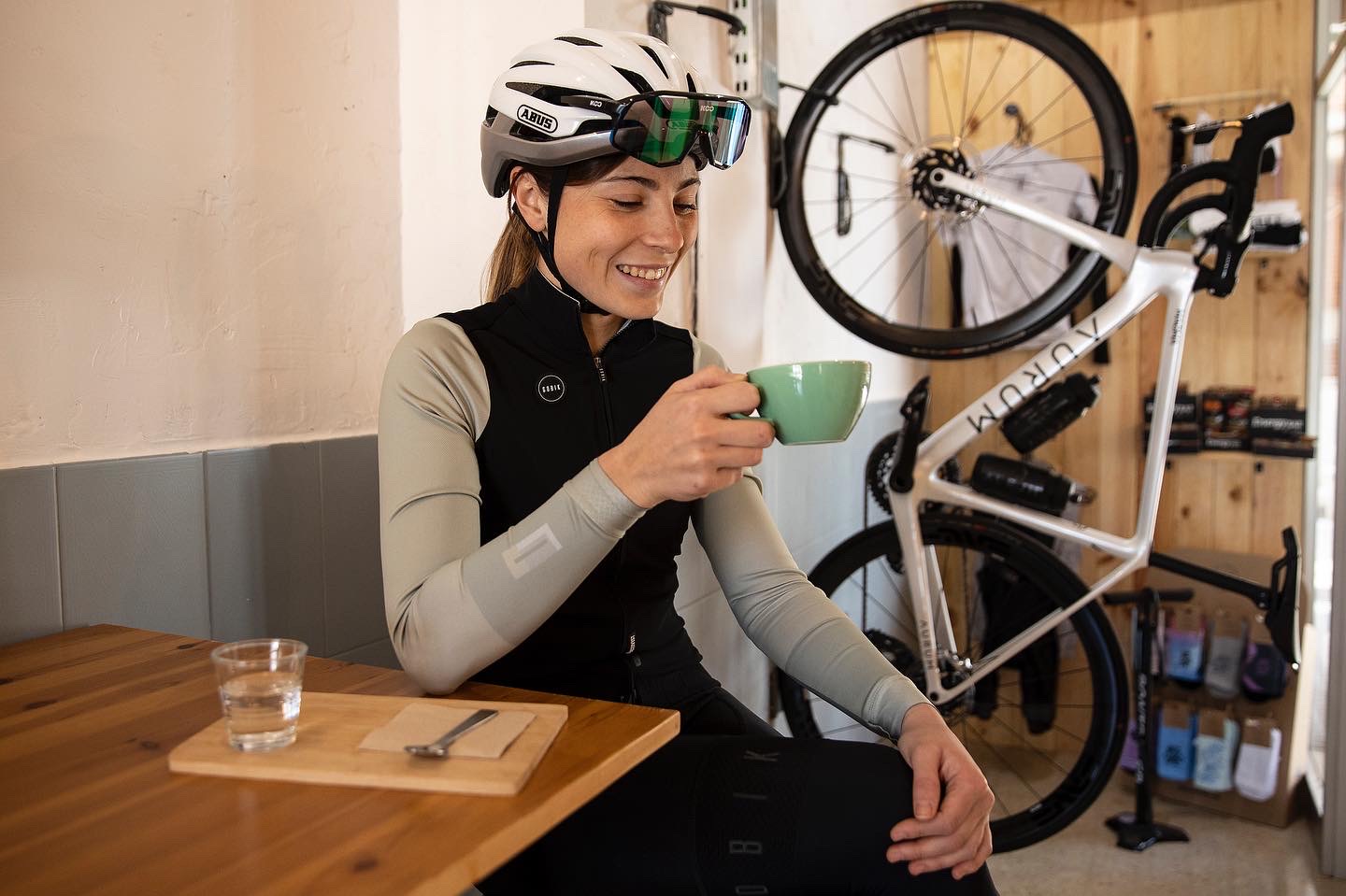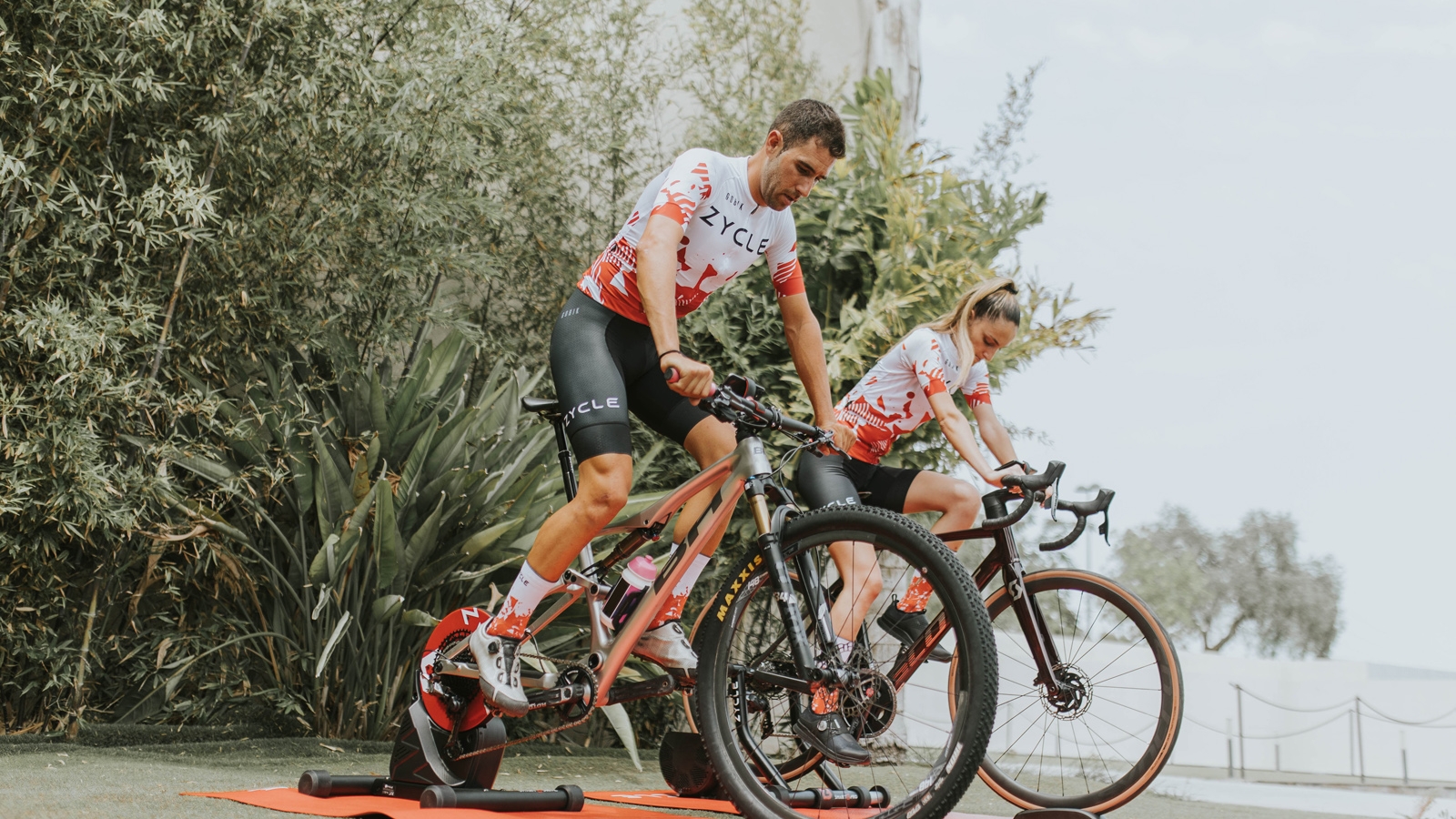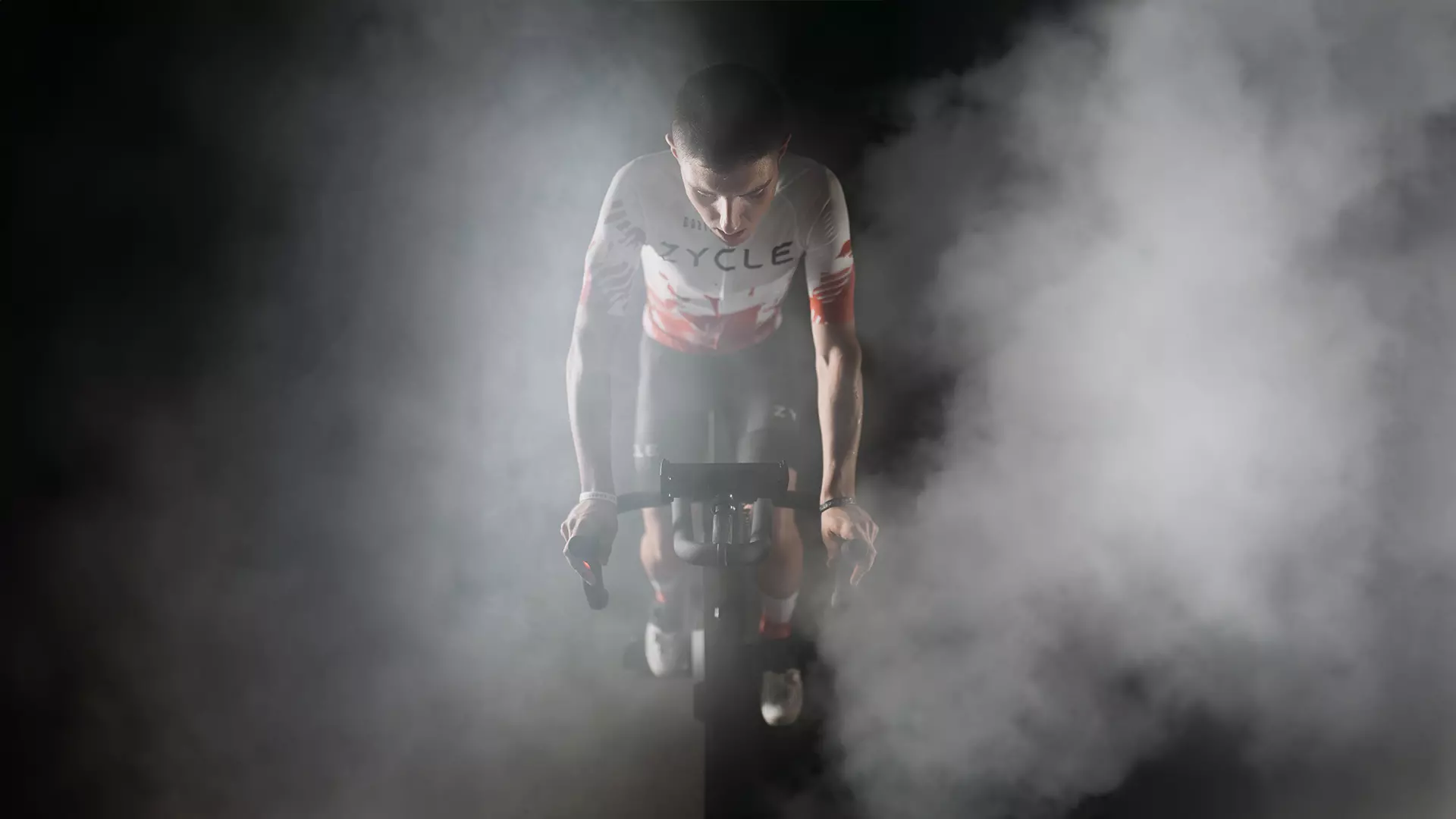When practicing sport, whether you use your bike at home or outside, it is essential that you pay attention to your diet. Proper nutrition in cycling will allow you to get the energy you need to meet your training, competitions and routes, but also to achieve greater efficiency in each session. In this article we provide you with some essential tips on nutrition, cycling and what a correct diet should look like – read on to find out more!
Sports nutrition, cycling and performance
When talking about sports nutrition, cycling and performance, we find that these concepts are closely related to each other (and apply equally to both professional and amateur cyclists). And the fact is that, although sports objectives are set with very well planned training sessions, if attention is not paid to the cyclist’s diet, it is very likely that these will be doomed to failure -or at least, that they will not be fully exploited-. What must be clear, at all times, is that nutrition is not limited only to the intake of carbohydrates and proteins, it is also necessary to take into account the real wear that exists after training and competition and other factors, hence the importance of being balanced, and the contributions before, during and after the session.
Basic tips on nutrition and cycling
As we indicated the importance of nutrition in cycling is clear to achieve optimal performance, and at this point we recommend that you take into account the following tips:
- Carbohydrates and proteins according to sex: In general, and as a consequence of hormonal differences, the need for carbohydrates in women is lower than in men -since women use more fat as an energy source at moderate intensities-. Something similar happens with proteins because protein degradation is lower.
- What to eat and what not to eat: Fruits, vegetables and greens, for their contribution of micronutrients and antioxidants, are the most recommendable, while ultra-processed foods (such as soft drinks, refined flours, pastries and alcoholic beverages) should be avoided as much as possible.
- Food supplements: It is important to make it clear that we are talking about supplements, not food substitutes. These will provide you with the necessary energy, especially when you are away from home and have little space to carry your food. They are an excellent choice for the moments before the events – for example, when using the roller roller during the warm-up in a cycling competition – and during the competitions.
- Pay attention to your sweat rate: Whether you are training at home or in a long-distance race, it is important to pay attention to your sweat rate, which tells you how much fluid you are losing and need to recover. It is important, in any case, not to lose more than 3% of body mass to stay hydrated. Therefore, drink between 500 and 1000 ml of fluid per hour.
Cyclist’s nutrition: before, during and after the race

Surely when talking about nutrition, cycling and foods to include in the diet (or to exclude) you will have heard the importance of breakfast before each competition, as well as the importance of carbohydrates to perform at your best. This is correct, and in this section of our article on cycling nutrition we want to help you understand it.
Pre-race nutrition and hydration
One of the strategies that both racers and professional cyclists apply before any competition is to turn to carbohydrates for the energy boost they will give you during exercise. This is usually done about 48 hours before you go out on the bike and it is recommended, above all, the consumption of rice, potatoes, pasta and cereals (you can also add snacks between meals, such as cereal bars and carbohydrate drinks).
Now, should you eat before the competition? The answer is yes, keep in mind that most races are held in the morning, so this meal will be your breakfast. In this case it is recommended to opt for a meal rich in carbohydrates (to which you are accustomed) and about 2 or 3 hours before the race to digest properly (keep in mind that carbohydrate reserves may decrease during the night, so you will have to replenish them). Also, drink between 500 and 1000 ml of fluid before the start of the race. Opt for electrolyte or isotonic drinks instead of water (or combine them) as these increase fluid absorption and retention, so that you don’t have to make too many stops during the race.
You can also opt for a cereal bar of about 25 grams, about 30 minutes before the start of the race. This will also help stimulate your brain.
Nutrition and hydration during the race
Professional competitions (and long-distance cycling routes) require a very high energy consumption, so during the activity it is recommended to ingest between 40-60 grams of carbohydrates per hour -and in the most demanding cases up to 90 grams-. In addition to these, sodium intake is essential to avoid cramps and cramps. The banana is one of the most recommended foods, since it provides about 90 kcal, 1 mg of sodium, 385 mg of potassium and 21 g of carbohydrates; although you can also opt for dried fruit such as raisins, dates and even dried apricots -since they have a very similar caloric content to bananas-. The bars, although they provide a large amount of energy and the measure of carbohydrates you need, are recommended only for cyclists with a higher gastric tolerance because they are solid and their digestion is heavier (they must be accompanied with liquid).
As for hydration, it is best to drink regularly every 20-25 minutes and alternate water with an isotonic or electrolyte drink. In the end, the total amount, as indicated above, should be between 500 and 1000 ml per hour.
Nutrition and hydration after the competition
Although it may seem the least important part of a cyclist’s nutrition, this is not the case. In fact, it is recommended that not too much time passes between the end of the session and the moment of ingesting some food. Keep in mind that the metabolism remains active for 30 minutes after exercise and it is therefore essential to replenish carbohydrates and ingest protein and electrolytes. You can opt for a 4/1 ratio of carbohydrates and protein with foods such as a banana and yogurt, or a chicken breast sandwich. In the main meal of the day (after this snack) you can include other healthy foods such as vegetables, carbohydrates (such as potatoes, pasta, sweet potato…), proteins (such as meat, fish, legumes and nuts) and fresh fruit.
As for hydration, do not stop drinking regularly for 6 hours afterwards to cover water losses. Also, during the minutes after the competition it is recommended to drink a recovery shake (with carbohydrates and proteins).


 El carrito está vacío
El carrito está vacío 

